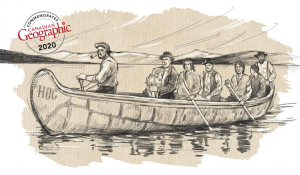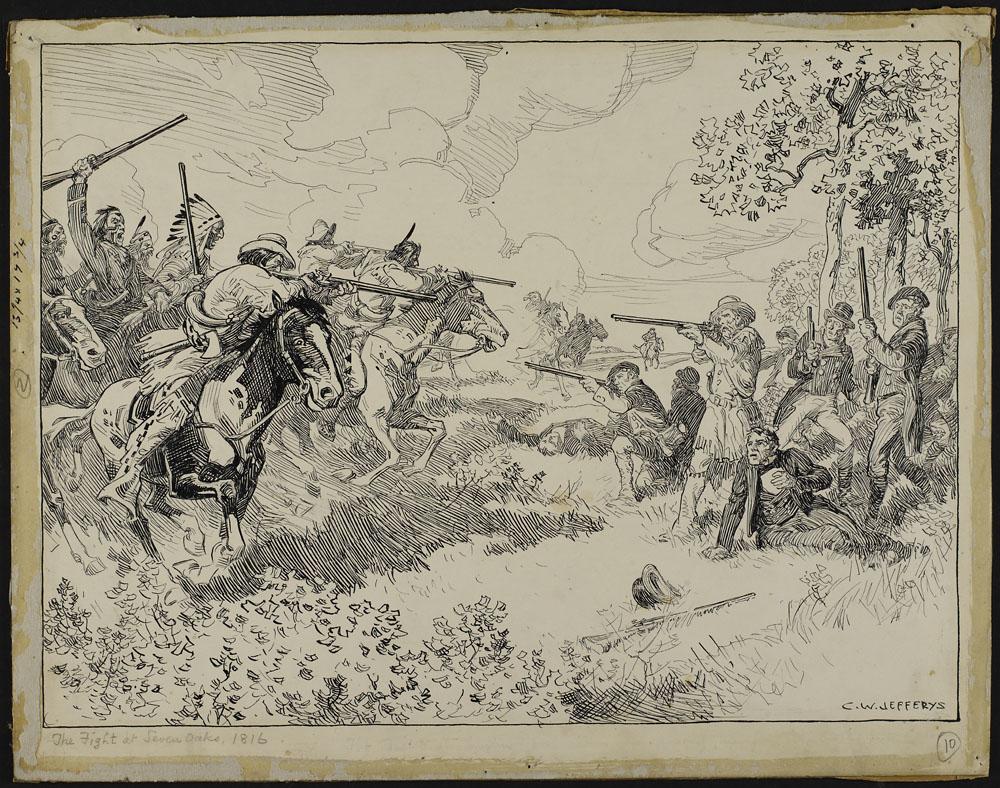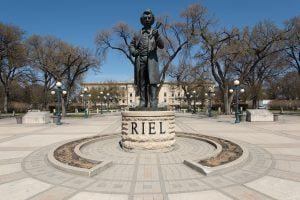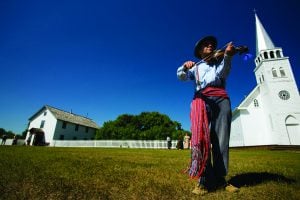
History
The untold story of the Hudson’s Bay Company
A look back at the early years of the 350-year-old institution that once claimed a vast portion of the globe
- 4473 words
- 18 minutes
History
Indigenous rights lawyer and author Jean Teillet reveals how the struggle to dominate the fur trade led to the rise of a distinct people in Canada: the Métis

“I would say the Métis all track back to the fur trade and they probably all have some connections in the Hudson’s Bay Company,” says Jean Teillet.
Teillet is Canada’s leading Indigenous rights lawyer and author of the best-selling book, The Northwest is Our Mother: The Story of Louis Riel’s People, the Métis Nation. That Métis Nation, one of three recognized Indigenous peoples in Canada, traces its ancestry to both First Nations and Europeans.
The great-grand-niece of Louis Riel, the most famous Métis leader, Teillet says it’s almost impossible to separate the Métis from the fur trade.
“I counted once I had something like nine voyageur ancestors,” Teillet says.
Like many Métis, she traces her roots back to the late 1700s when an upstart group of Montreal businessmen formed the Northwest Company. Their aim was to crack into the lucrative fur trade dominated by the Hudson’s Bay Company. And they did this by circumventing HBC territory, sending canoe flotillas of French Canadian voyageurs up through the Great Lakes and on into the Canadian prairies.
This competition forced the HBC out of its fur trading forts hugging the shores of Hudson Bay and sent them deeper into the lands of the First Nations people. All of this led to a growing number of alliances forged between First Nations and the fur traders. Ultimately, there were a lot of children born out of the meeting of the two cultures at this time. These children came of age as the Métis people in the early 1800s.
“That’s the generation that starts to give themselves a name; they start to act as a different entity,” says Teillet. “The language that we now call Michif starts to develop and they start to see themselves as separate from their mothers’ First Nations community and from their fathers’ fur-trader western Christian community. They literally, physically separate themselves in their mindset, they think of themselves as a new people, they call themselves La Nouvelle Nation.”
Are you passionate about Canadian geography?
You can support Canadian Geographic in 3 ways:

History
A look back at the early years of the 350-year-old institution that once claimed a vast portion of the globe

People & Culture
A celebration of the real Louis Riel, Métis leader and Manitoba founder, on the 150th anniversary of the Red River Resistance and the 175th of his birth

People & Culture
The story of how a critically endangered Indigenous language can be saved

History
Host David McGuffin and RCGS Explorer-in-Residence Adam Shoalts reveal some of the compelling figures of the early fur trade in Canada: Henry Kelsey, Samuel Hearne, and the great Dene leader Matonabbee